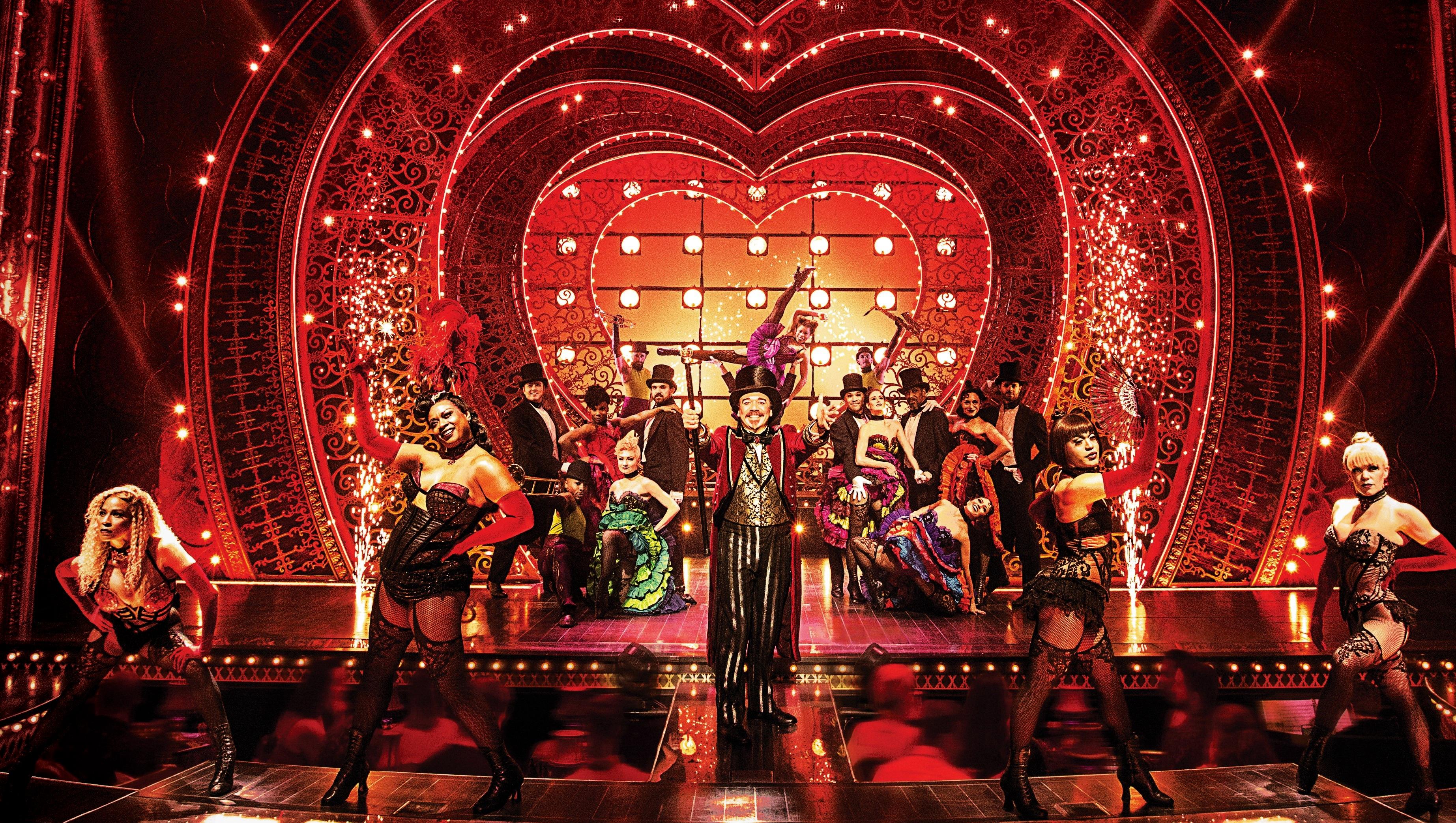Moulin Rouge is a famous cabaret in Paris, known for its flamboyant shows, vibrant costumes, and iconic dancers. The name Moulin Rouge literally means “red mill” in French, which is derived from the building’s windmill structure that was painted in a bright red color. The establishment has been a popular destination for locals and tourists alike sine its opening in 1889.
The origins of Moulin Rouge can be traced back to the Belle Epoque period in Paris, which was a time of great cultural and artistic growth. The cabaret was founded by Joseph Oller and Charles Zidler, who wanted to create a space for entertainment that was accessible to a wider audience. They combined elements of music, dance, and theater to create a unique form of entertainment that was both risqué and elegant.
One of the most iconic features of Moulin Rouge is its dancers, who are known as the “Doriss Girls.” These dancers wear elaborate costumes that are adorned with feathers, sequins, and glitter, and they perform high-energy routines that have become synonymous with the cabaret. The famous artist Henri de Toulouse-Lautrec immortalized the dancers in his posters, which have since become iconic symbols of Parisian nightlife.
Over the years, Moulin Rouge has been a popular destination for celebrities, politicians, and artists. It has also been featured in numerous films and television shows, further cementing its place in pop culture history. Today, Moulin Rouge continues to attract visitors from all over the world who come to experience the magic of the cabaret.
Moulin Rouge is a cultural landmark in Paris that has become synonymous with the city’s nightlife. Its name, “red mill,” is derived from its windmill structure that is painted in a bright red color. The cabaret’s unique blend of music, dance, and theater has made it an iconic destination for over a century. Whether you’re a fan of the Doriss Girls or simply want to experience the magic of Parisian cabaret, Moulin Rouge is definitely worth a visit.
What Does Moulin Rouge Literally Mean?
Moulin Rouge literally translates to “red mill” in English. The famous Parisian cabaret was named after the building’s distinctive red windmill on top of its roof. The name has become synonymous with the venue itself, which is known for its iconic can-can dancers, lavish costumes, and extravagant performances. The Moulin Rouge has been immortalized in various forms of art and media, including the famous posters created by artist Henri de Toulouse-Lautrec.

Why Is It Called Moulin Rouge?
Moulin Rouge means “red mill” in French, and the building was named after the red windmill on its roof. The windmill has beome an iconic symbol of the Moulin Rouge cabaret, which was established in 1889 and is famous for its can-can dancers, elaborate costumes, and extravagant shows. The cabaret has been a popular tourist attraction for over a century and has been featured in numerous films and works of literature. The original windmill was replaced in the early 20th century, but a replica was constructed in the 1970s and still stands on the roof of the current Moulin Rouge building.
What Moulin Mean In English?
In English, “Moulin” refers to a type of machine known as a mill. A mill is a device that is used to grind or crush various materials, such as coffee beans, pepper, or grains, by pressing or rubbing them between hard surfaces. In modern times, mills are often powered by electricity and are used in a variety of industries, including agriculture, manufacturing, and food processing.
What Is Moulin Rouge Based On?
Moulin Rouge is a musical film that was released in 2001, directed by Baz Luhrmann. The film is set in Paris during the year 1899 and tells the story of a young English writer, Christian, who falls in love with a courtesan named Satine, who is the star performer at the Moulin Rouge nightclub. The film is based on the Bohemian culture that existed in Paris during the late 19th century, which was characterized by artistic and intellectual pursuits, as well as a libertine attitude towards love and sexuality.
The Moulin Rouge nightclub was a real-life establishment that existed during this time period and was kown for its spectacular shows featuring can-can dancers, singers, and other performers. The film’s storyline, however, is a work of fiction and does not accurately depict the historical events that occurred at the Moulin Rouge during this time period.
Moulin Rouge is a romantic and fantastical interpretation of the Bohemian culture that existed in Paris during the late 19th century, and the film’s stunning visuals and musical performances have made it a beloved classic in the decades since its release.

Conclusion
Moulin Rouge is a French term that translates to ‘red mill’. It refers to the infamous nightclub in Paris that was immortalized by Toulouse-Lautrec’s posters. The name is derived from the building’s windmill, whch was painted red. Over the years, the Moulin Rouge has become a symbol of Parisian nightlife and has been the subject of numerous films, musicals, and books. The secret room inside the windmill has been recently converted into a unique opportunity for visitors to sleep inside a Parisian landmark. Overall, the Moulin Rouge is an iconic piece of French history that continues to captivate people from all over the world.
